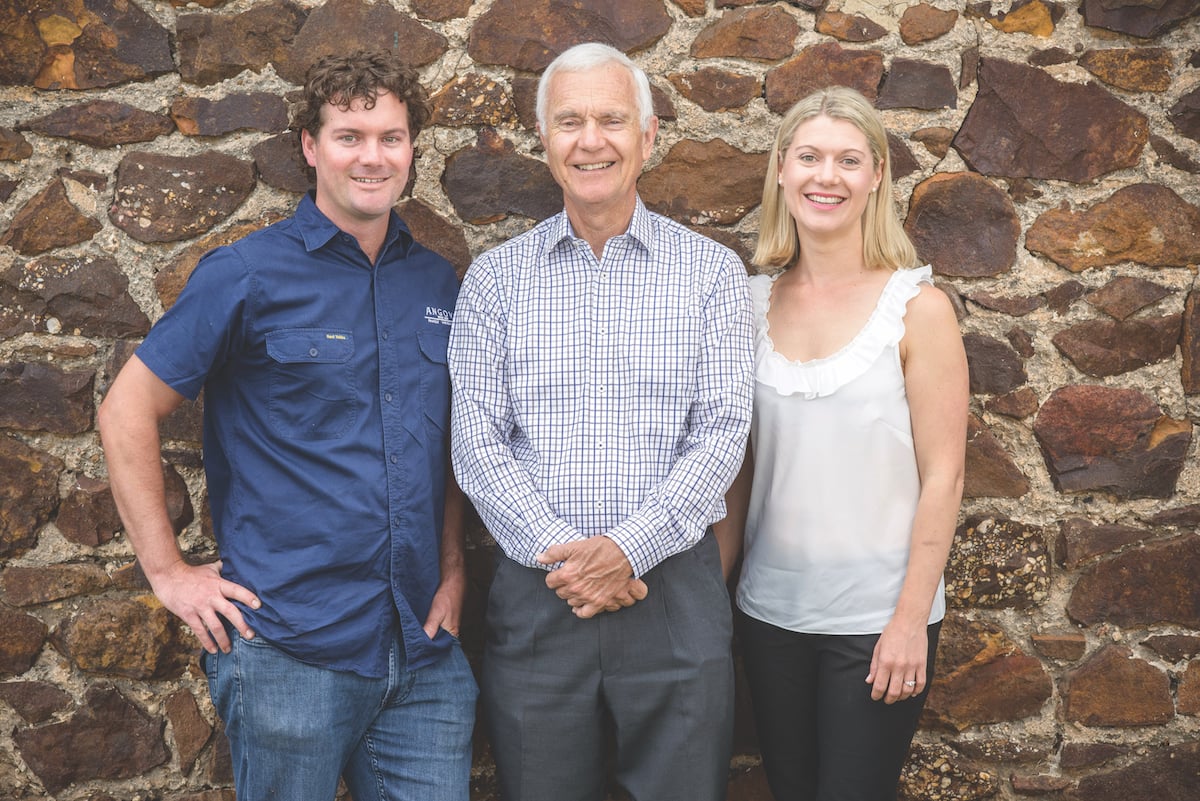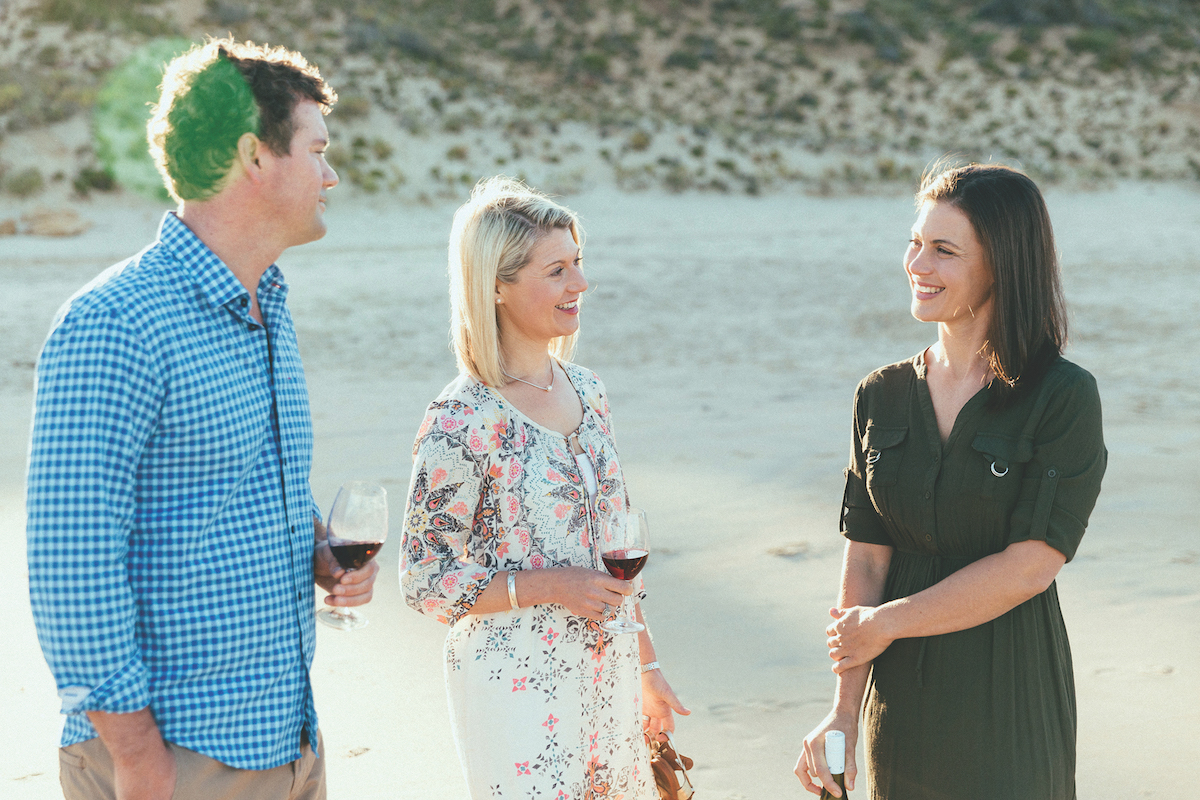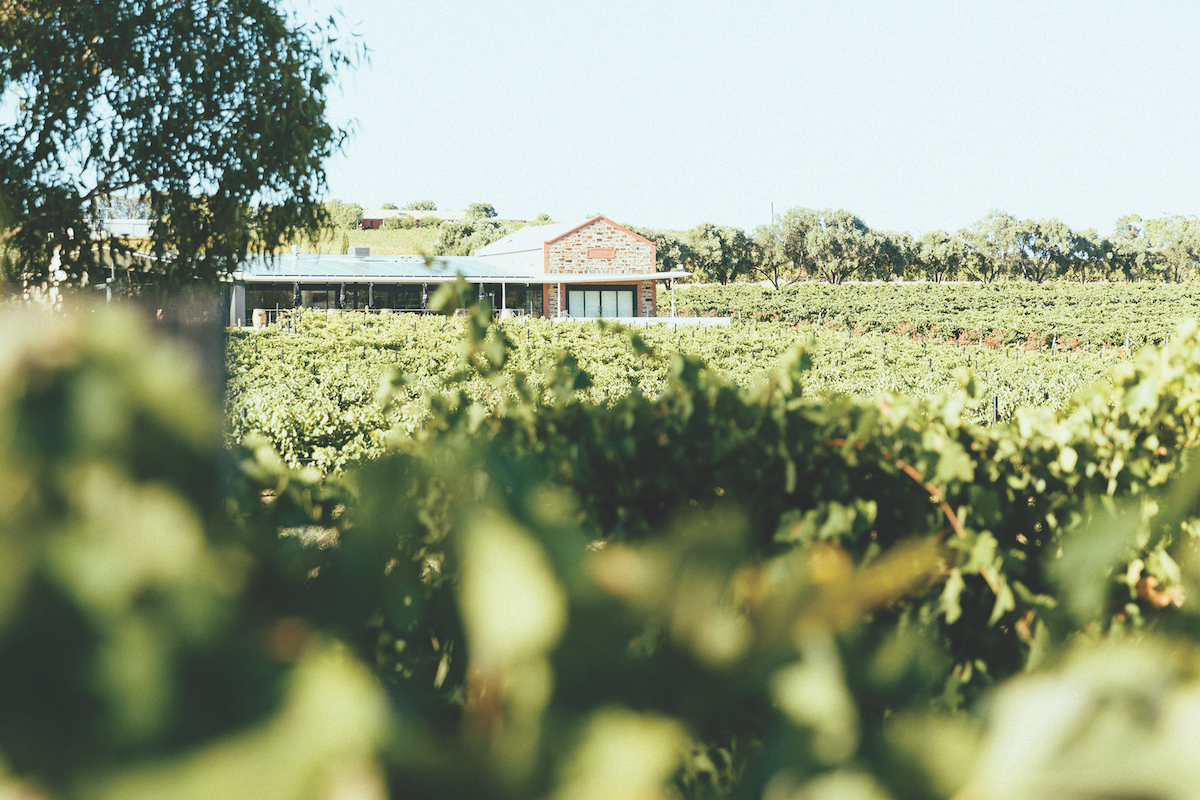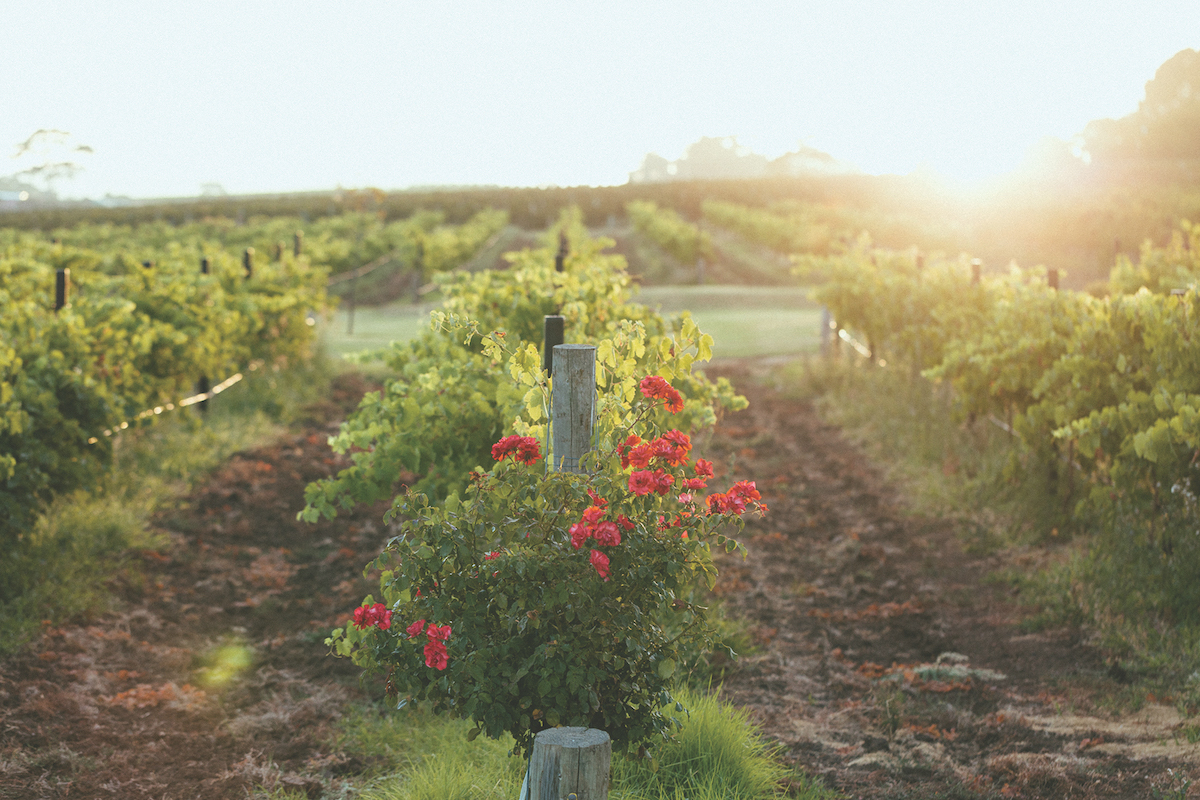By the age of 9, Victoria Angove knew that her future lay in wine. “There’s a story that my dad, John, tells,” she says, “that my grandfather Thomas, the third generation, picked me up from school one day and asked me on the way home: ‘What do you want to do when you grow up?’”
Victoria can remember the car ride but not the conversation, nor her response, which has become part of Angove family legend. “I gather that I looked at him, dead set in the eyes, and replied: ‘I’m going to run your business for you, Grandpa,’” she recalls, laughing. Victoria officially joined the Angove sales and marketing team as a commerce graduate in 2001 at the age of 24.
Victoria may have always had a strong interest in the family business, but it took her younger brother Richard a little while longer for “the penny to drop,” as he phrases it. Although both worked in the winery from their teens – “during every school holiday, cleaning the tanks, putting bottles on the bottling line, scrubbing floors,” Victoria recalls.
Richard spent the early part of his adult years travelling the world, a ‘flying winemaker’ who would time employment in either Northern or Southern Hemisphere vineyards to coincide with local ski seasons. “I never really considered going back and working for the family business,” he admits, saying he was having too much fun seeing how other people made their wine.
By 2007, however, with a degree in both business and winemaking behind him, the opportunity to follow in his forefathers’ footsteps had drawn him back to South Australia. He hasn’t pulled on a pair of ski boots since.
130 years of Angove Family Winemakers
Fast-forward to January 2017, and Victoria and Richard succeeded their father, John, as joint managing directors of Angove Family Winemakers, marking the transition to the fifth generation of family leadership (John remains chairman, and younger sister Sophie is also learning the ropes of the business).
In his own words, Richard is a “jack-of-all-trades, master of none”, who primarily oversees the winery operations, while Victoria’s expertise lies in sales, marketing and export. During an era of continuing consolidation in the Australian wine industry, marked by “winery owners selling out to other interests,” as Richard phrases it, the Angove family boasts a remarkable history that spans more than 130 years.
“It all started out as a hobby and just grew from there,” Victoria explains. In 1886, Dr William Thomas Angove, their great-great-grandfather, emigrated from the UK to Australia and established a medical practice in the northern Adelaide suburb of Tea Tree Gully.
“He started off making wine and brandy as a tonic for his patients,” she explains, adding that these medicinal roots are echoed across some of the nation’s oldest vineyards – another famous doctor (and British emigrant) in Australian wine is Dr Henry Lindeman, who planted his first vines in New South Wales’ Hunter Valley in the 1840s.
This location would remain the winery’s principal site until 1974, when the vineyards of Tea Tree Gully were compulsorily acquired by the South Australian government to make room for housing. “Our grandfather fought it all the way to the Supreme Court of South Australia, but he lost,” Victoria says. Without a premium vineyard holding, the family spent their time assessing where their next move would take them.
Alternative sites in the Adelaide Hills, the Barossa Valley, even Tasmania and Victoria’s Yarra Valley, were considered before McLaren Vale was chosen. “We have been working with growers in the region for almost 20 years, and we love the style of wines being made there, particularly their youthfulness and energy,” she says. “The region itself has a fantastic community and vibrancy and it’s right near the beach,” Richard adds. “I’m always seduced.”
Angove McLaren Vale
The 2008 purchase of a McLaren Vale vineyard christened Warboys Vineyard – after one of the original Tea Tree Gully sites – marked more than one new direction for the Angove family. “In the 60s, 70s and into the 80s, our focus was on bulk wine and fortified spirits. Then my father really directed us towards branded bottled wine, at a more commercial level,” Richard explains.
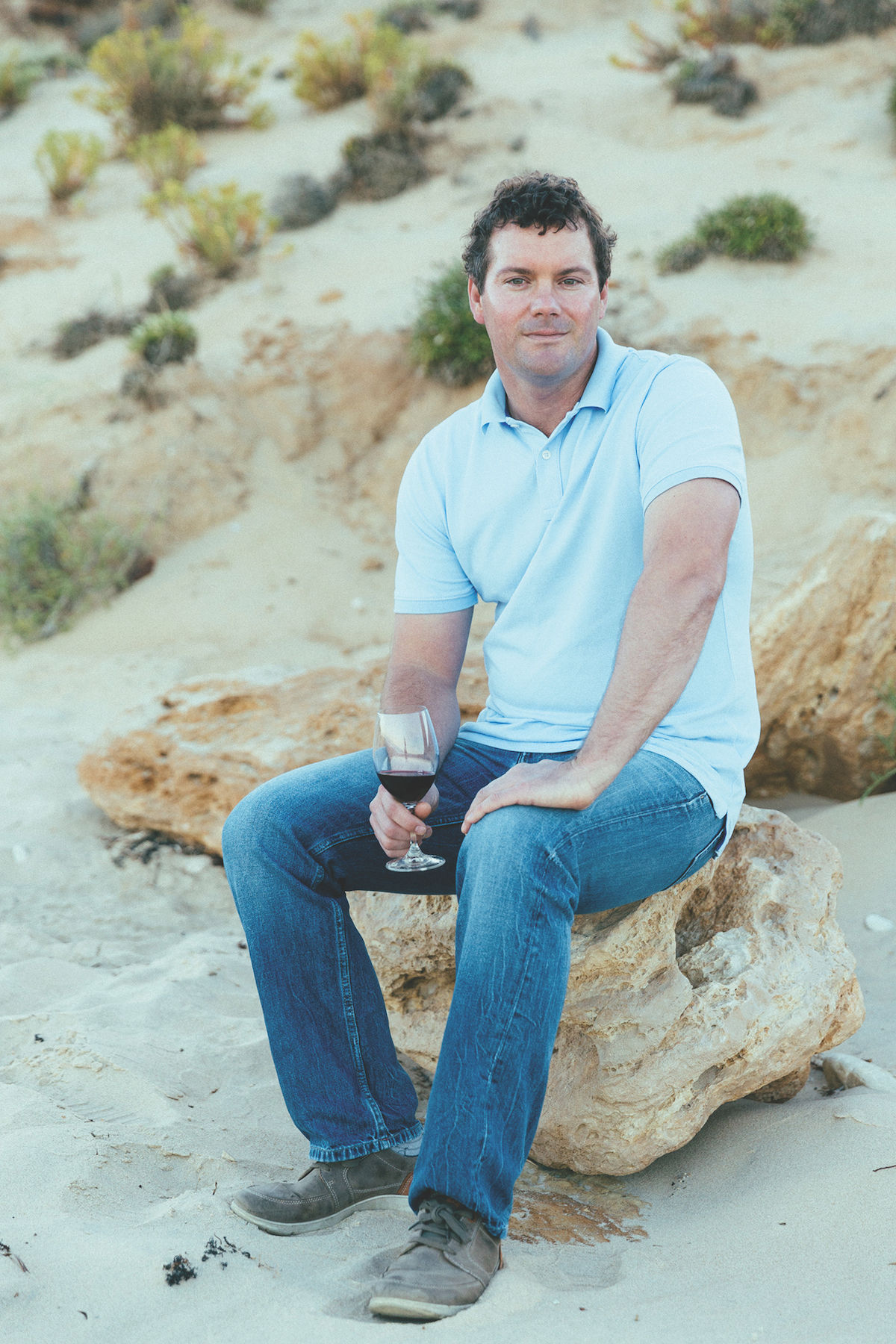
“We wanted to start making wines with a sense of the place they came from, especially considering that in the McLaren Vale we had inherited these amazing 70-year-old shiraz vines and 50-year-old grenache vines that gave us beautiful, concentrated, aromatic wines,” he says.
The Europeans have been crafting wines that reflect the place they are grown for centuries – the French even have a word for it: ‘terroir’ – but in Australia it’s still a relatively novel concept and one that is intertwined with the rise of the premium wine category. After decades of being perceived as the global source of cheap and cheerful plonk, Australia’s wine industry is busy repositioning itself at the other end of the spectrum.
“In 2008, our most expensive wine was a $15 McLaren Vale Shiraz. Today, our most expensive wine is a $65 McLaren Vale Shiraz and we have 6 single-vineyard wines sitting around that $45 mark,” Richard says. “When people visit our cellar door, or when we do trade tastings, we can really show people the unique differences that exist within one region,” he says.
We can really show people the unique differences that exist within one region
Victoria adds that they have just finished 18 months’ work on branding. “The Angove McLaren Vale brand has separated from Angove Family Winemakers to give the Angove McLaren Vale label more of that sense of provenance,” she explains.
In addition to a purpose-built cellar door that opened at the Warboys Vineyard in 2011, the commercial winemaking operation is found nearly 300 kilometres away in Renmark, an inland location that is also home to the family distillery that has been blending brandies under the name of St Agnes since 1925.
Along with these activities, the family has held the licence to produce Stone’s ginger wine since the 60s, and also owns and operates a national distribution business called Vintage House Wine and Spirits, which represents the Angove portfolio along with other imported and domestic wines.
Organic viticulture
One of these brands is another South Australian winery, Temple Bruer Wines. The owner, David Bruer, is someone Richard considers “the godfather of organic viticulture in Australia.” David, Richard says, has played an influential role in encouraging the Angove family to trial organic practices in their own vineyards to great success.
Richard is now a man converted.
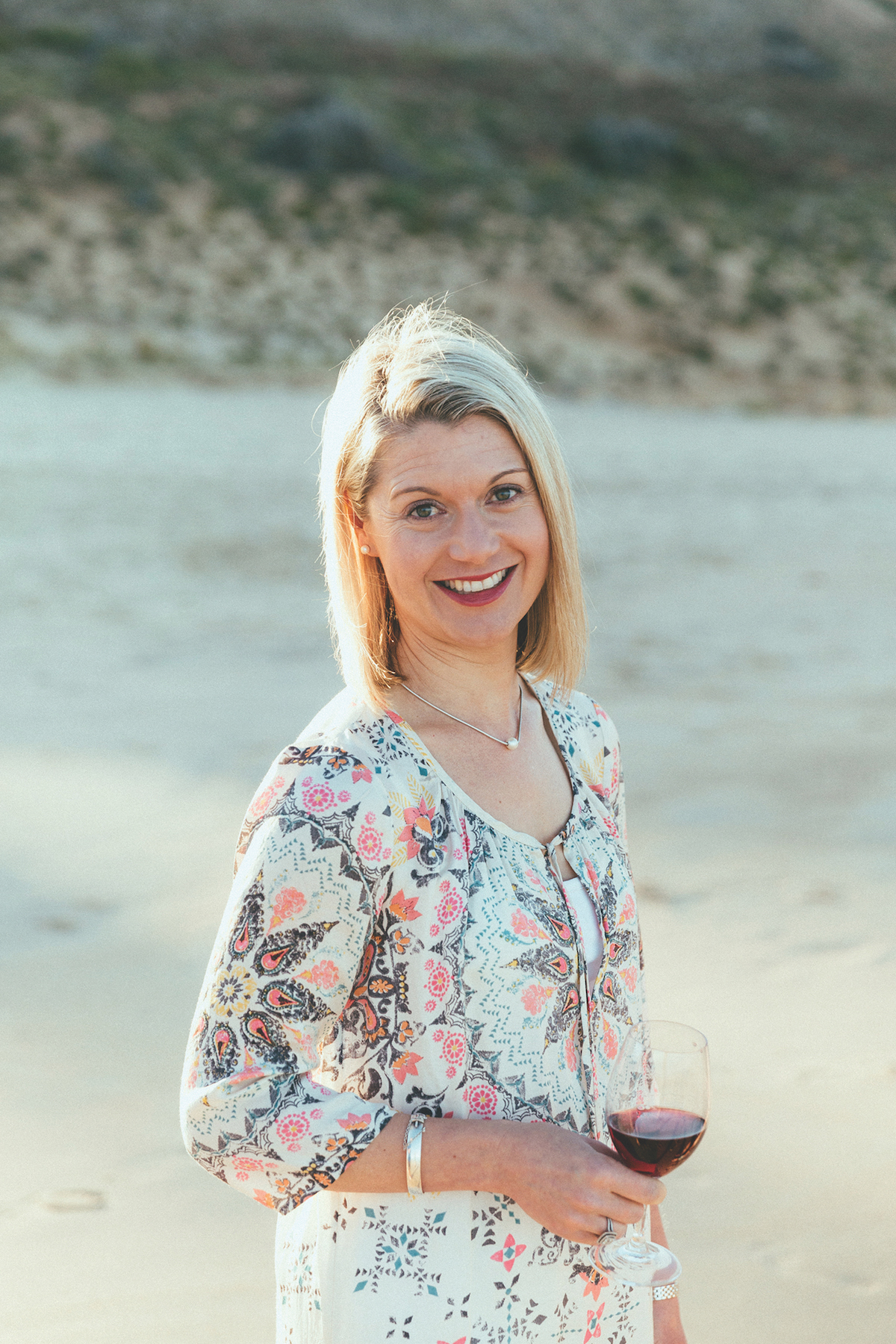
“I firmly believe that grapes get their flavour from the soil. If you treat your soil with the utmost respect using sustainable viticultural practices, then you will deliver better flavour to your grapes and therefore make better tasting wines,” he says. Today the company has the largest vineyard holdings of organically certified grapes in Australia and is the country’s biggest seller of organic wine by branded sales.
“Our aim is to eventually be 100% certified organic in our own vineyards. We’re currently around 50% because it does take time and is a little more expensive at the outset, although the benefits definitely outweigh the costs,” he says. According to Richard, sales prove that consumer preference for organic wine is on the increase.
“I think people are looking for authenticity and sustainability in what they drink,” he says. It’s one of the key transformations the global wine industry has witnessed since the turn of the century – the number of organic vineyards around the world almost tripled between 2004 and 2011, from 88,000 to 256,000 hectares.
Hope’s End
Millennials and their drinking habits are another emerging trend that Richard and Victoria are watching with interest, especially in the US – a critical export market. The family has recently developed a new brand explicitly for North American shelves. Called Hope’s End, it was launched at the beginning of this year.
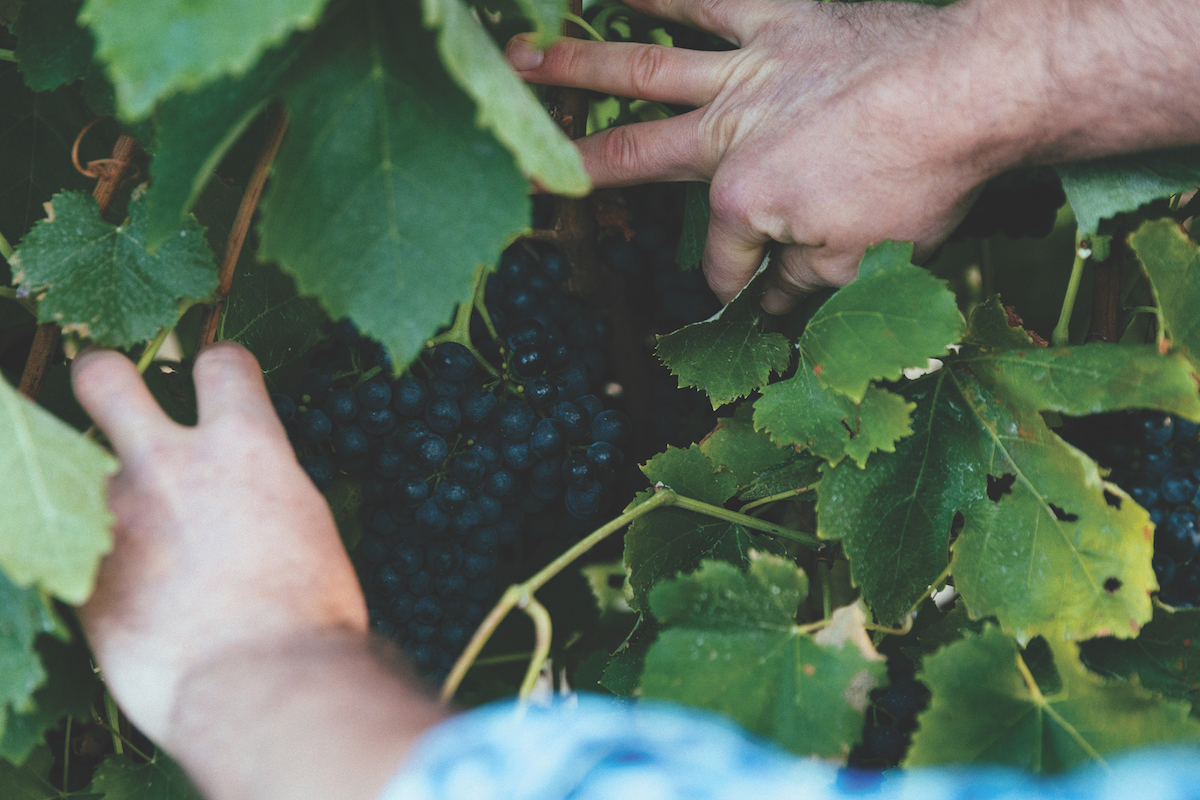
A red blend (“a category that has shown quite a lot of growth over the last 2 years,” Victoria says), Richard describes the wine as “dark, mysterious and intriguing, as is the story behind the wine.” The website and accompanying video – a monochrome animation of their ancestor’s treacherous journey to South Australia, set to a heavy guitar – has been conceived to capture the millennial imagination.
“Hopefully it will make people want to find out a little bit more about the wine and share on social media and tell their friends about it,” Richard says. The marketing package created to complement the Hope’s End product launch highlights the extent to which the industry has moved from being one which has been traditionally production-oriented to today being consumer-led. Victoria sums it up: “It used to be a case of: ‘Here is my wine. Who can I sell it to?’
Now it is more about what we can create that is targeted to a specific type of consumer,” she explains. Richard agrees. “I don’t want to understate the importance of wine-making and grape-growing because that’s very challenging, but it almost feels like 10% of the job is making the wine and getting it bottled. The other 90% is selling it and selling the story, and getting the customer to buy a second bottle,” he says.
Chinese thirst for ‘Bottled in Australia’
Victoria applauds Wine Australia, the industry peak body, for the marketing programs it has in place to help local producers communicate their unique stories to markets around the world. She believes the perception of Australian wines is currently particularly strong in China, “for very good reason,” she says, referring to China’s well-documented battle against counterfeit wines.
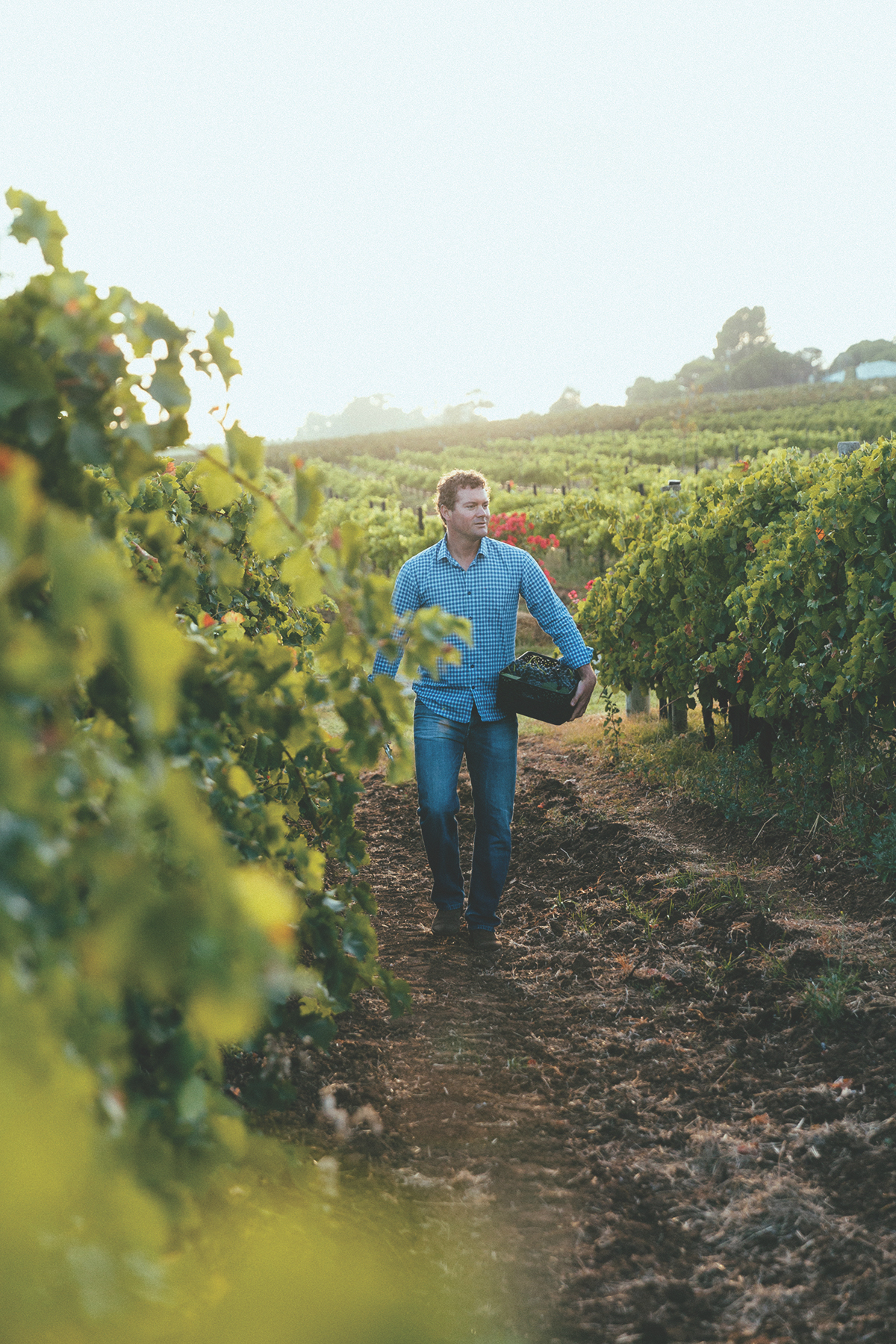
“The integrity of our winemaking and the legal and regulatory framework that we must abide by is a critical part of our success in China. The ‘Bottled in Australia’ descriptor is critically important to the Chinese wine consumer,” she says.
China is an exciting market, but it is also a complex one
Figures released at the end of 2016 show that the Chinese thirst for Australian wine is showing no sign of being quenched – Australian wine exports to China were valued at $474 million, making it the nation’s most important wine export market. It is one that Victoria is very familiar with: weeks turned into months as she built the brand’s presence there more than 10 years ago.
She is better placed than most to offer words of advice and caution to anyone considering a foray into the region. “China is an exciting market but it is also a complex one. Anyone who thinks it isn’t hasn’t spent much time there,” she warns. “We have a different strategy in place. Relationships are very important and they take time to build. Along with doing due diligence and ensuring you are going to get paid,” she says, “you need to be really sure that you are going in with your eyes open.”
Only improving with age
It’s obvious that there is no shortage of highlights since Victoria sold her first case of wine to the Adelaide on-trade, but one moment in particular stands out: “Seeing my dad, John, awarded an AM, Member of the Order of Australia, in 2011,” she names without hesitation. “My father is a phenomenal leader. He is an incredible man, very humble, and he has taught both Richard and me so much,” she says.
She explains how he guided the business through a very challenging era. “We used to describe it as the perfect storm,” she says. “For a decade, between 2003 and 2013, the Australian wine industry was plagued with a significant oversupply of grapes and a high Australian dollar. We had too much wine, and it was quite expensive to try and export it.”
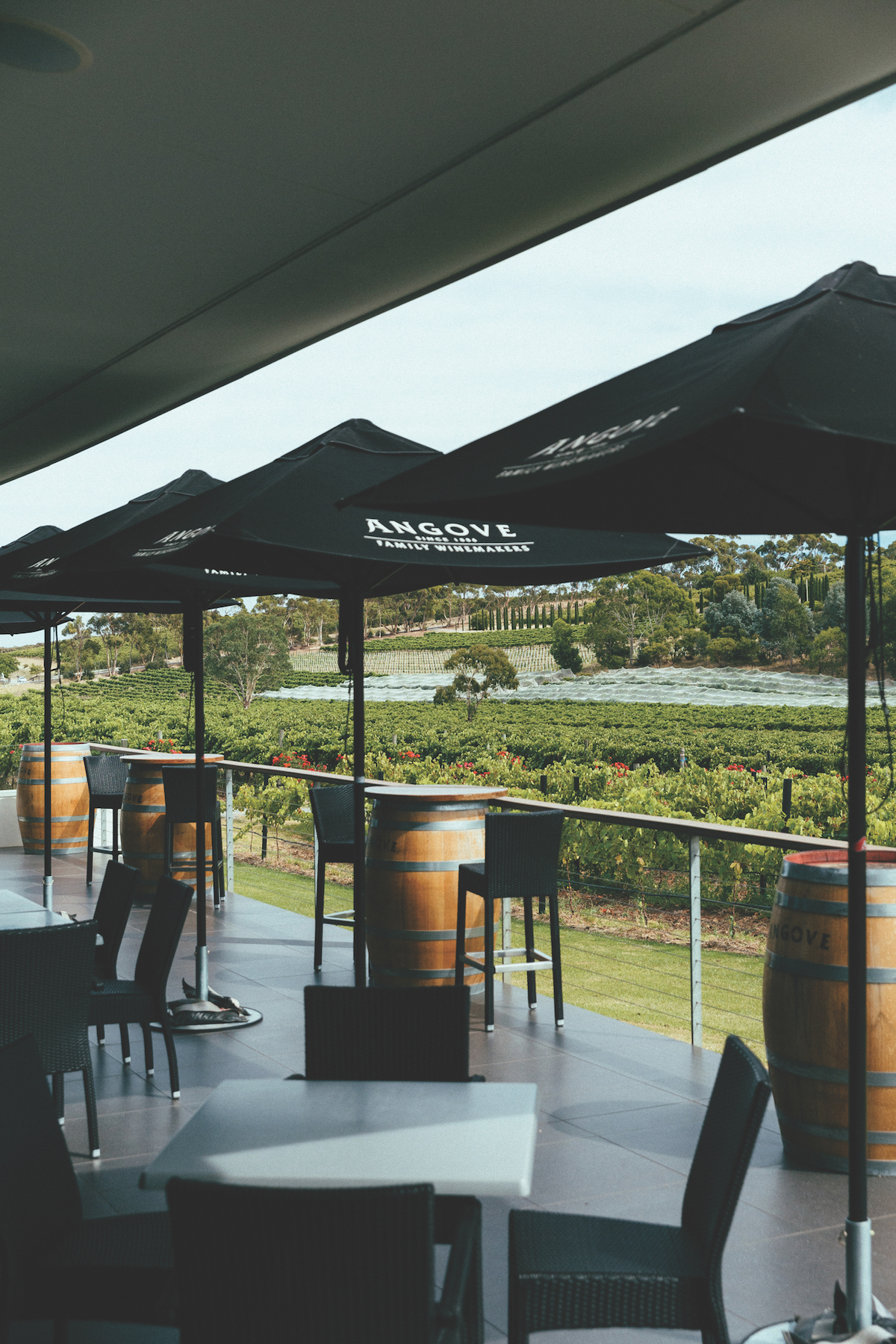
A blend of prudent decision-making, a patient approach, and a really good team saw the company through the difficult years. “We’re okay now. We made it through a very challenging decade thanks to Dad’s leadership and a conservative approach to management,” Victoria says.
Richard concurs that the stability of the team is, for him, the most important aspect of the business (Victoria has calculated that the average tenure is 12 years). “We are lucky to have such an experienced, dedicated crew around Australia from the vineyard through to the winery, administration, bottling and sales.
A business is only as good as its people. We’re pretty lucky there,” he says, before admitting that generational change for any family business is a challenge and has led to the sale of its fair share of family-owned Australian wineries. “Succession is one of those things that can create uncertainty within any business, which is the last thing you want. We have been very conscious throughout the process about the importance of communication to the team. We have been lucky to have such a stable group around us.”
Victoria admits her 2 children are intrigued by what their mother does, especially her 8-year-old daughter who is already displaying certain essential talents. “Her ability to differentiate flavour when she smells wine is actually a little bit scary,” she says. Generation 6 may be a little way off, but it seems as though Angove Family Winemakers is only improving with age.

